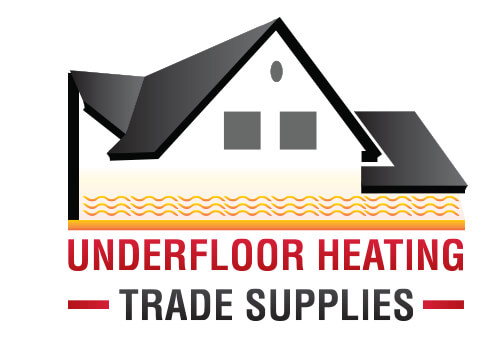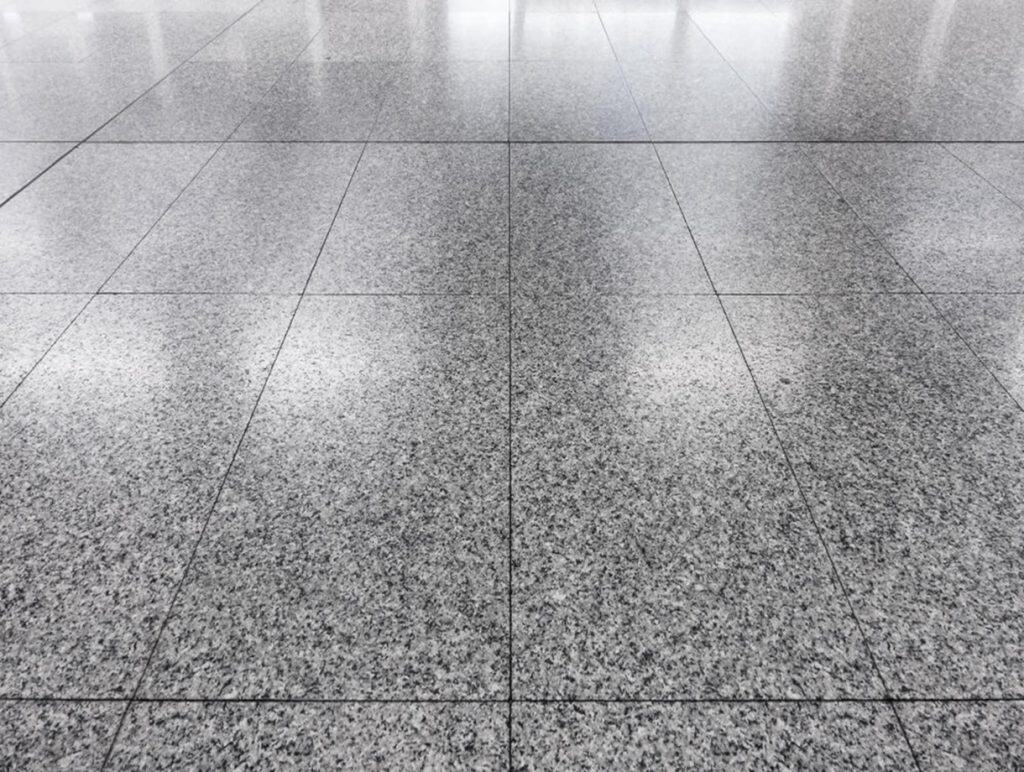
A polished concrete floor with underfloor heating looks great and feels even better underfoot. But there’s a right way—and a wrong way—to install it.
If you’re thinking about installing underfloor heating with polished screed or resin concrete flooring, this guide walks you through everything you need to know. From system types and screed choices to drying times and flow control, we’ll break it all down. Whether you’re renovating or starting from scratch, this article will help you get a warm, even, and long-lasting result.
Key Points:
- Understand how polished concrete underfloor heating works with different floor types
- Learn why concrete screeds are often better than anhydrite for these systems
- Discover common installation mistakes—and how to avoid them
- See how flow temperature and system type affect performance
- Get tips on keeping your floor stable, safe, and warm long-term
- Getting Started with Underfloor Heating and Polished Concrete Floors
- Check Your System Is Certified
- Choosing the Right System for the Floor
- Concrete Screed or Anhydrite?
- Leave It to a Qualified Installer
- Key Things to Watch During Installation
- Commissioning the System
- Keep Temperatures Steady
- Maximum Floor Temperatures
- Cleaning and Maintenance
- Avoiding Common Issues with Heated Concrete Floors
- What Causes Problems?
- How to Prevent Issues
- Why Concrete Works So Well
- Optimum Underfloor Heating With Polished Screed and Resin Concrete Flooring
- FAQs
- Sources
Getting Started with Polished Concrete Underfloor Heating Floors
Polished concrete underfloor heating systems offer a sleek, low-maintenance finish and a warm, comfortable feel underfoot. But to get it right, the underfloor heating system needs to be properly installed, calibrated, and controlled. Whether you’re working with polished screed and resin or a poured finish, there are a few non-negotiables to understand before you begin.
Check Your System Is Certified
Prior to fitting your flooring over your underfloor heating, make sure the system has been professionally installed and commissioned. You should be provided with a certificate confirming that:
- The system is fully operational
- Surface temperatures are properly controlled
- The maximum temperature won’t exceed 27°C or 26°C, depending on the finish used
If no certificate is available, it’s strongly recommended that the system is calibrated back to the boiler. This ensures the subfloor temperature is safe and even. Failing to do this could lead to problems with underfloor heating, invalidate floor covering guarantees, and risk overheating the screed.
The surface temperature must be controlled with flow control valves, not thermostats. Thermostats alone don’t manage the screed surface temperature accurately, and this is where damage can start to happen.
Choosing the Right System for the Floor
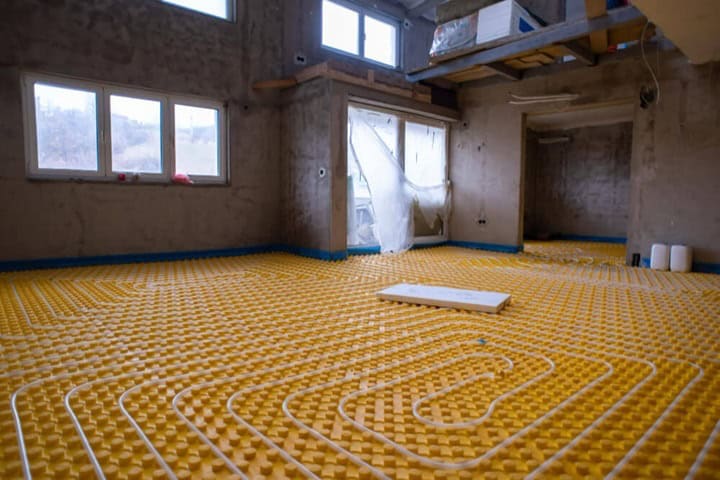
Your choice of underfloor heating depends on the type of subfloor you have, how much height you have to work with, and what you want the system to achieve.
For example:
- Electric underfloor heating (carbon film or heating mats) can work well in smaller rooms or as background heat.
- Underfloor water heating is generally more efficient for whole-house use and offers better results when paired with polished concrete finishes.
For polished concrete underfloor heating to work efficiently, the hot water must be mixed down to a suitable flow temperature. Most boilers heat water to around 82°C, which is far too hot for underfloor pipe spacing. The system must include a pump rack and mixing valve that brings this temperature down to around 50°C before it’s distributed through the manifold.
Without this setup, the surface can overheat, leading to hot spots and eventual cracking or delamination in the floor finish. Understand underfloor heating tiles problems.
Concrete Screed or Anhydrite?
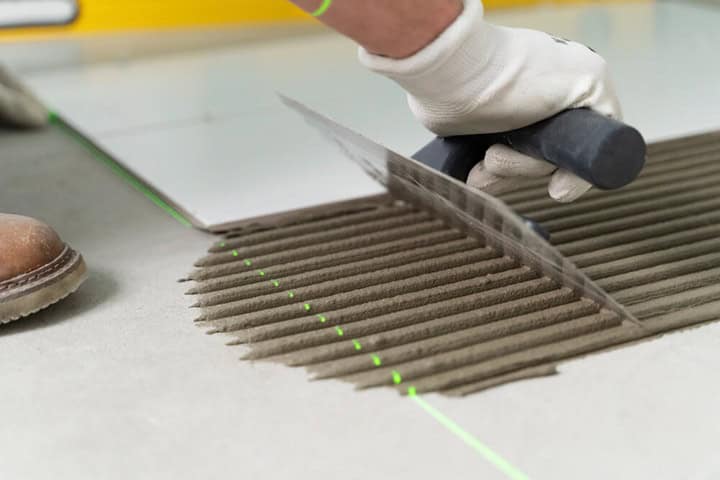
If you’re installing underfloor heating polished concrete, your screed matters just as much as your heating system. There are two common types of screed:
- Concrete screed – Preferred for underfloor heating. It dries at around 1mm per day and works well with polished concrete overlay or resin finishes.
- Anhydrite screed – A mix of gypsum and sand that’s more porous. It must be fully dried, carefully primed, and protected with a DPM before applying resin or polished concrete. If moisture remains, it can break down the screed’s structure and ruin the floor above.
For most installations, a standard concrete screed is safer and more reliable, especially when paired with a high-thermal-mass surface like polished concrete. What is the best screed for underfloor heating?
Leave It to a Qualified Installer
Underfloor heating should always be installed by a qualified professional recommended by the manufacturer. There are a lot of systems out there, and each one has its own fitting and commissioning steps. No matter the brand, every system must include flow control valves—not thermostats—to manage the temperature.
Flow valves are the only reliable way to make sure the screed never exceeds 27°C/26°C, depending on the floor finish used. This protects the floor and avoids issues like cracking, delamination, or uneven heating.
Key Things to Watch During Installation
If you’re installing polished concrete underfloor heating, here are a few things that must be in place:
- Hot water pipes must sit at least 65mm below the top of the screed
- Add enough insulation below the heating system to stop heat escaping
- A DPM (damp proof membrane) is needed to block moisture rising into the floor
- Never try to speed up drying by turning on the heating too early—it weakens the screed
If you’ve reduced pipe spacing near windows or external walls, you should leave more space around the perimeter to allow for expansion and avoid heat stress.
Commissioning the System
Before installing any polished screed and resin overlay or final floor finish, the underfloor heating must be commissioned properly. Here’s how it’s done:
- Let the screed dry fully – typically 1mm per day under normal conditions
- For a 75mm screed, you’ll need at least 75 days drying time before turning on the heat
- Start with 20°C water, increasing by 5°C each day until reaching 45°C
- Maintain 45°C for 8 days, then reduce it by 5°C per day over another 8 days
Total commissioning time = 21 days
This process must be done using flow control valves—never thermostats—and must be documented by the installer. These records should confirm surface temperatures and be passed on to whoever installs the final flooring.
Keep Temperatures Steady
With polished concrete underfloor heating, avoid big swings in temperature. The system should ideally stay on all year round, even if it’s just ticking over at a low setting. If you do need to turn it off during warmer months, be careful when switching it back on.
When restarting the system, don’t go straight to full heat. Follow the same gradual process used during the initial commissioning: increase the temperature slowly by 5°C per day to avoid shocking the floor. Sudden changes in heat and humidity can lead to cracking, stress lines, or movement in polished screed and resin finishes.
- Ideal room temperature: 20°C
- Do not let it fall below 18°C
- Relative humidity should stay between 35% and 60%
Maximum Floor Temperatures
No matter the finish, the surface temperature should never go above 27°C/26°C, depending on the product. If it does, it can dry out the screed too quickly or damage the finish over time. How long does screed take to dry?
To help manage this, a remote thermostatic sensor can be fitted under the floor. This helps monitor both temperature and humidity levels and protects the system from overheating.
Cleaning and Maintenance
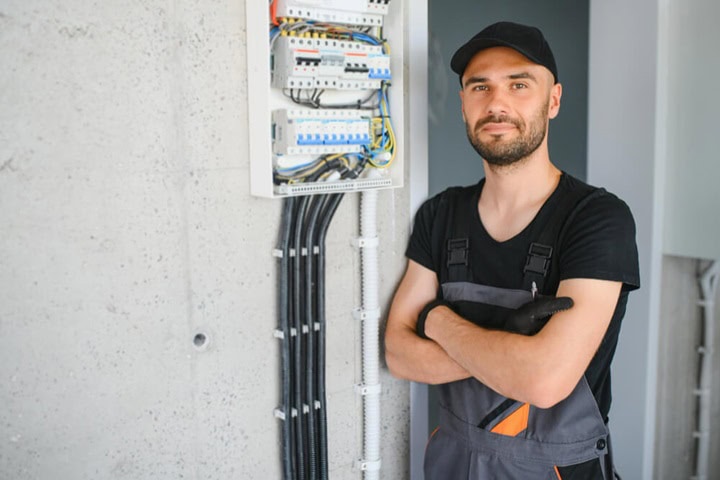
All polished floors need regular care. Make sure you use the recommended cleaning and maintenance kits suited to your floor type. Avoid harsh chemicals or steam cleaners unless the manufacturer has approved them.
By keeping the system stable and following simple care routines, your underfloor heating polished concrete setup will keep performing well—and looking good—for years to come.
To ensure your underfloor heating with polished screed and resin concrete flooring operates correctly, use this chart that is based on wattage (W/m2):
| Room temp (°C) | Pipe centres (mm) | Flow temp 47°C | Floor temp (°C) | Outward flow temp 50°C | Outward floor temp (°C) | Outward flow temp 55°C | Floor temp (°C) |
|---|---|---|---|---|---|---|---|
| 18 | 100 | 92 | 26 | 104 | 27 | 123 | 29 |
| 18 | 200 | 75 | 25 | 84 | 26 | 100 | 27 |
| 20 | 100 | 85 | 28 | 86 | 28 | 115 | 30 |
| 22 | 100 | 77 | 29 | 89 | 30 | 108 | 32 |
| 22 | 200 | 63 | 28 | 72 | 28 | 87 | 30 |
Avoiding Common Issues with Heated Concrete Floors
When combining underfloor heating with polished concrete, most problems stem from changes in temperature, poor installation, or uneven heat distribution. Knowing what to avoid and how to manage your system properly can help you get the best performance from your floor—and avoid costly repairs later on.
What Causes Problems?
Whether you’re using polished screed and resin or a full poured finish, these are the most common causes of trouble:
- Sudden changes in temperature
- Uneven heat distribution or “hot spots”
- Running the heating above 27°C/26°C (depending on floor finish)
- Excess moisture or high humidity in the room
- Inadequate pipe depth or screed thickness
These can lead to hairline cracks, delamination, or a lack of effective heat transfer through the surface.
How to Prevent Issues
Here’s what you can do to keep your polished concrete underfloor heating running smoothly:
- Use a qualified installer: This reduces the risk of mistakes during installation and commissioning.
- Choose the right system: If you’re using electric UFH, follow the manufacturer’s layout to avoid hot spots. For water-based systems, make sure pipes are laid evenly and at the correct depth.
- Use the correct screed depth: The screed should cover the pipe crown by around 45mm to avoid surface stress and uneven heating.
- Keep heating steady: Don’t switch the system off completely in winter. Keep it on at a low temperature to maintain balance.
- Clean the floor properly: Stick to the manufacturer’s cleaning guidance to avoid damaging the finish or affecting warranties.
Why Concrete Works So Well
Underfloor heating polished concrete systems are popular because concrete acts like a thermal battery. The pipes warm the floor gradually, and the heat is spread evenly across the surface. Unlike radiators, which create pockets of heat, UFH warms the entire room gently and efficiently.
Thanks to its high thermal mass, a polished concrete floor heats up quickly and holds onto that warmth. It also works well with solar gain, storing heat from sunlight during the day. That makes polished concrete underfloor heating a practical choice for both energy savings and everyday comfort.
Of course, concrete flooring is incredibly stylish too – here’s some inspirational concrete flooring ideas to try.
Optimum Underfloor Heating With Polished Screed and Resin Concrete Flooring
In conclusion, installing underfloor heating with polished concrete or resin flooring can offer lasting warmth, comfort, and a modern look—if done correctly. Choosing the right system, using flow control valves, and following proper commissioning steps will help avoid common issues like hot spots or cracking. Whether you’re working with polished screed and resin or a full concrete pour, keeping temperatures stable and floors well maintained is key to getting the best results from your heated floor.
Further reading:
Here’s some additional articles to consider if you found this resource helpful –
- How much does underfloor heating cost per m2
- Electric underfloor heating installation
- What temperature should underfloor heating be set at?
- Best tiles for underfloor heating
FAQs
Will the concrete crack because of the underfloor heating?
Not if installed correctly. Properly prepared and reinforced concrete, combined with appropriate expansion joints, reduces the risk of cracking due to thermal movement or shrinkage.
Is polished concrete too thick for underfloor heating to work effectively?
No. Although polished concrete floors are thicker than some finishes, they act as a thermal mass. Once heated, they retain and radiate warmth efficiently, often reducing heating demand over time.
Sources
Ayanda. (2025) Damp proof membrane – What is it and how does it work? Peter Cox. [online] Available at: https://www.petercox.com/blog/damp-proof-membrane-what-is-it-and-how-does-it-work/ [accessed 14/05/2025]
Metcalf, H., (2022) 8 concrete flooring ideas that will convince you this style can be surprisingly luxurious. Living Etc. [online] Available at: https://www.livingetc.com/ideas/concrete-flooring-ideas [accessed 14/05/2025]
